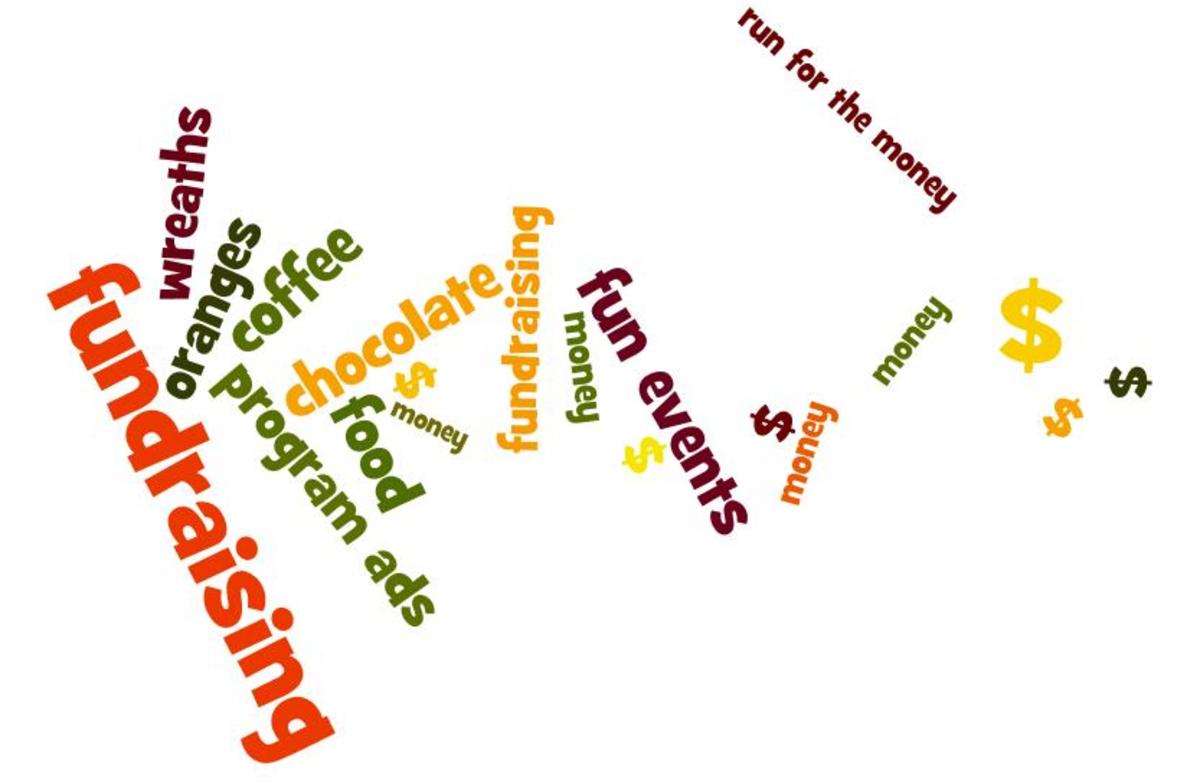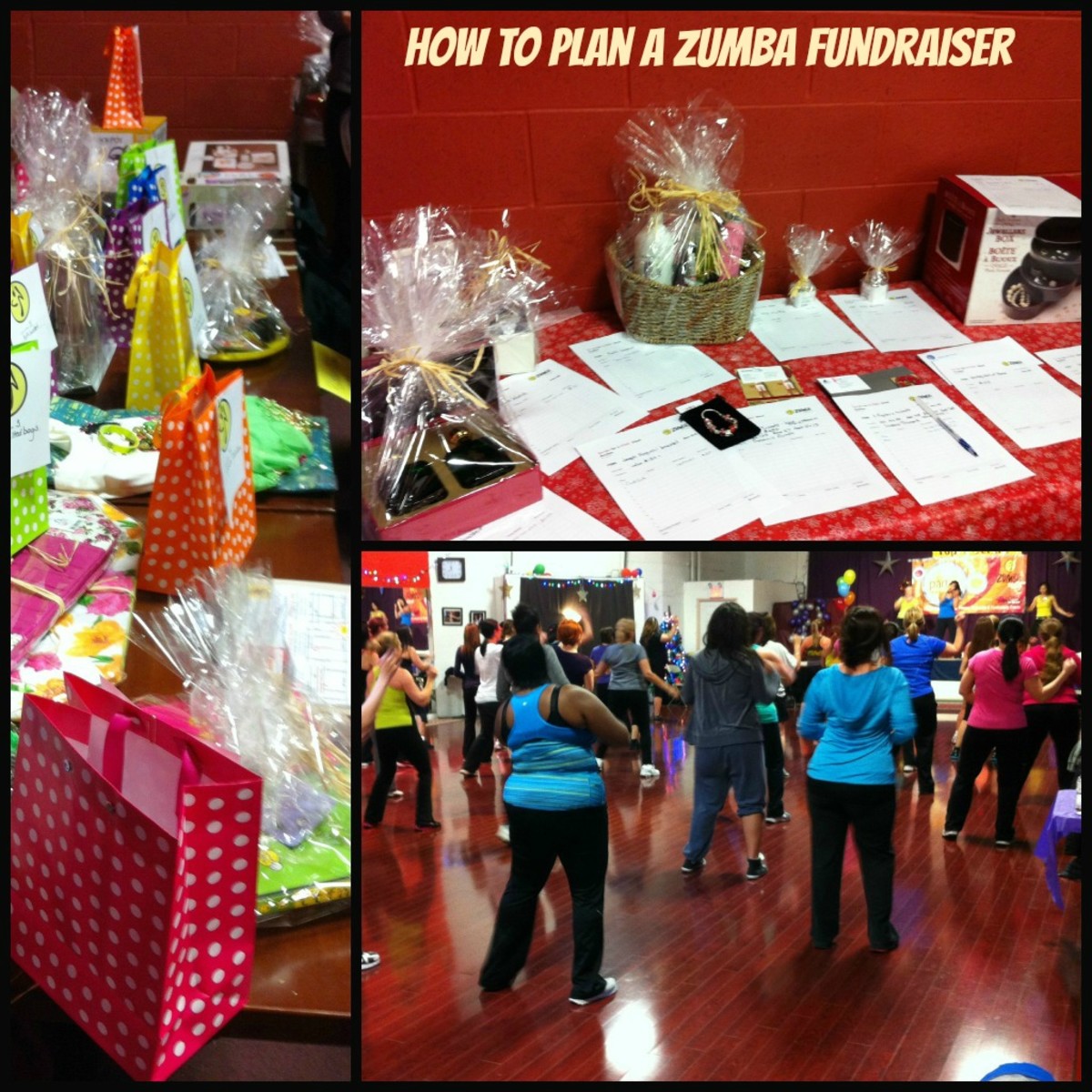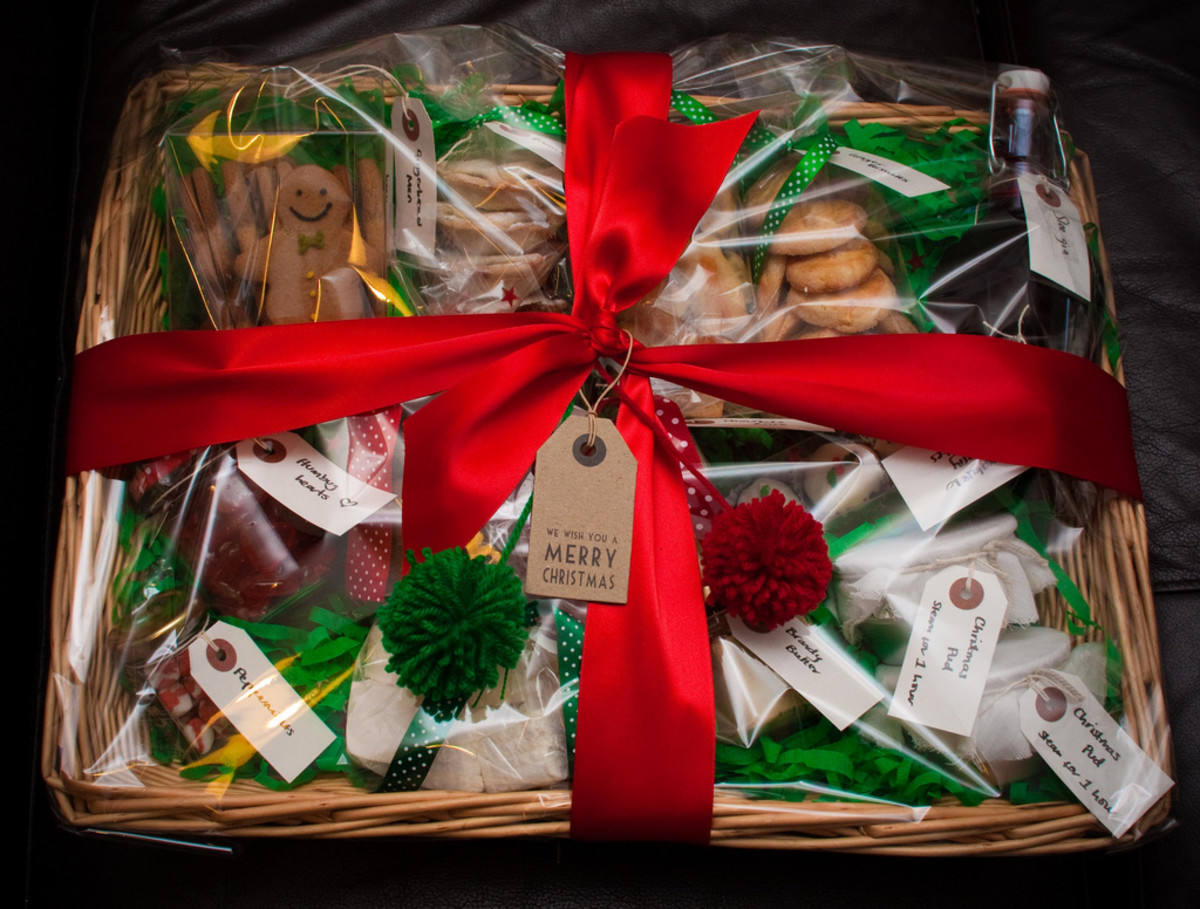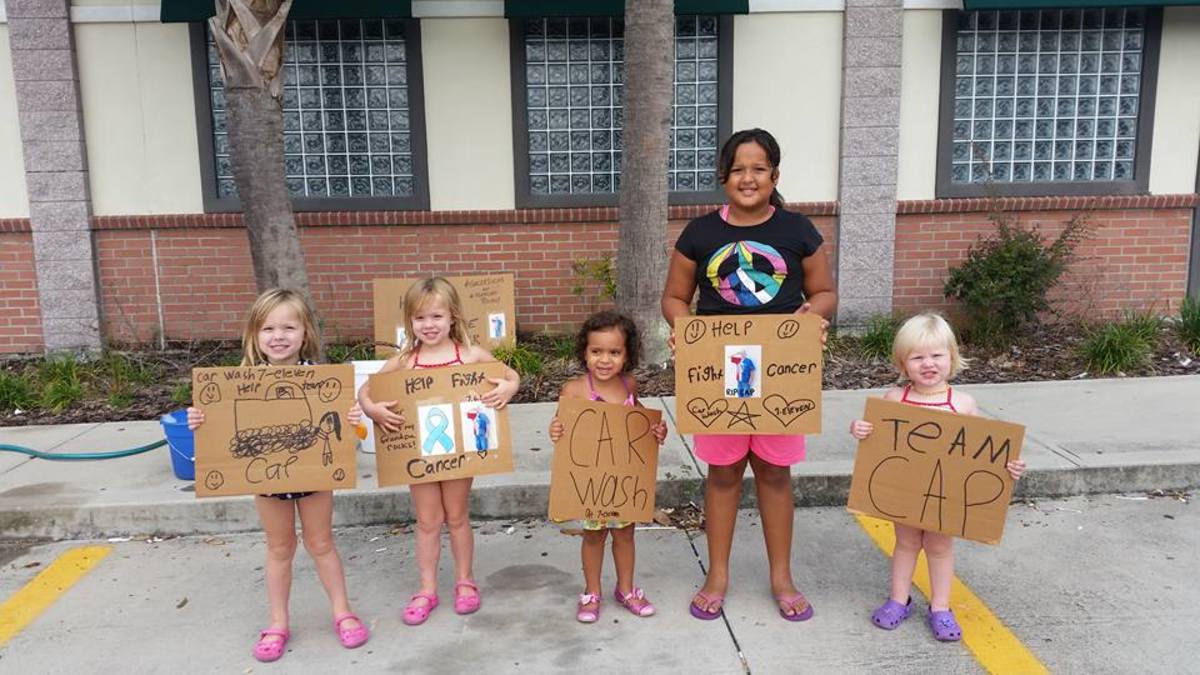Fundraising For Your Non-Profit: Running a Silent Auction

Fundraising With A Silent Auction
A silent auction is a great way to raise needed funds for just about any kind of non-profit volunteer-run organization. It does take a fair amount of work to set up and run, but the end results are well worth it.
You need 5 main things for a successful event:
- A strong core of volunteers; as many as you can recruit
- A suitable and large enough location for the event, whether at your own facility, or a donated (or price-reduced) space
- Lots of high-quality merchandise donated from local businesses and/or talented local artists (gift certificates for packages of services such as spa treatments can also be a viable addition to the merchandise selections).
- Live entertainment by various local talent willing to donate their time
- A local celebrity such as a TV or radio personality willing to donate time to act as the emcee for the entertainment
Begin by checking with your city to find out whether an event permit is needed before you proceed with elaborate plans. If they require such a permit, be prepared with an outline of your intentions, including duration, location, entertainment and food (if any) estimated number of guests (this translates to "extra traffic headaches" for the city), parking solutions, and whether you have appropriate insurance coverage.
Another primary consideration is to decide how you will accept payment for the auction items. Is your group set up to accept credit card payments, or will everything be strictly on a cash basis? This information must be disclosed to the public in your advertising, so guests will come prepared one way or the other, so it is one of the first things you must decide.
The final thing of which you need to be aware is to allow plenty of time for planning, soliciting donations and organizing the fussy details. The longer prep time you have, the better your final event will be. It is akin to building a house: if the workmanship on the foundation is sloppy, the house will fall; likewise, trying to pull off a major fundraiser with insufficient preparation is to invite disaster. A realistic time frame is to allow almost a full year for a large-scale event.
Organizing the Event
To run a silent auction successfully requires a lot of advance preparation, but if the tasks are divided amongst your volunteers, no one will be overwhelmed.
The person in charge, however, should be someone good at multi-tasking and keeping details well organized. They are the overseer, responsible for making sure that all of the volunteers' tasks are proceeding smoothly and on time.
All the various jobs need to be divided up. Whether you simply assign certain tasks to individuals, or form sub-committees depends both upon the organizational 'style' of your group and its size. Larger groups may effectively use committees; smaller ones might simply various of their member volunteers.
Adding a Live Auction
It is also possible to run a live auction component at this type of event. This can be interspersed with the entertainment; your emcee acting as the auctioneer.
It is best to reserve the really high-end merchandise for the live auction.

Asking For Donations
Donations can come from many sources; most usually for this type of event, from local merchants. There are a few methods for contacting businesses:
Cold-Calls In Person
Begin by deciding which merchants might be asked to donate, and divide them up by sign-up sheet amongst your volunteers. You don't want multiple people pestering the same business because they don't know another group member already asked. That will not earn you any good-will with the merchant for future events.
If you live in a large city, there are innumerable choices, and duplication is less of a problem, but instead of a sign up sheet, as it would be impractical to list all the businesses, have each volunteer list the businesses he or she is willing to contact. From there, you can weed out duplicates. If you live in a small town or smaller city, you pretty much have to have a meeting to hash out which businesses will be asked, and proceed with the sign-up sheet method.
When the merchant is approached, they must be asked the following questions, once they have agreed to a donation:
- Is this a physical item, or a gift certificate?
- May I take the item now? If not, when may the item be picked up? (Gift certificates should be available on-the-spot when contact is first made)
- Do you require an appointment to pick up the item, in order for the manager to be present?
- What is the retail value of the item?
Telephone Solicitations:
Essentially the same steps are taken as with in-person cold calls, except that each member is given a list of a few (or several) businesses to contact. The following questions are added to the in-person version:
- Is the manager in? (If so, ask to speak to him; if not, request his name, and when he is expected. Be polite and cooperative if asked for your name and to state the reason for your call)
- When you reach the manager, explain who you are, the name of the group on whose behalf you are calling, and make your request. Set an appointment to visit their business if they are willing to donate.
- Thank them, repeat the appointment time to confirm, and terminate the call with another thanks.
By Letter
This approach is best for organizations located in big cities. A major metropolitan area covers just too much physical territory to expect your volunteers to canvass on their own time. By sending a mass-mailing (personalized) letter, you are able to concentrate on positive responses, and make the best use of your volunteers' time.
Your letter should be polite, brief, and to the point. It should include the following points:
- The name of your organization (ideally, you should have official letterhead stationery for this)
- The nature and purpose of your event (why are you raising funds? New equipment? Camp scholarships? Moving to a new location? etc.)
- The date of your event, and the deadline by which you need a response
Mailings will cost you some money in paper and postage, but if the advance work is well done, you'll have a successful auction and make it back many times over. The postage cost will be the lion's share of a mail campaign, because you will essentially double the cost of your outgoing mailing. Why? Because in order to encourage a reply, it is best to include self-addressed postage-paid reply cards. You can minimize both the cost of supplies and postage on the return by using postcards instead of plain cards and envelopes. Pre-stamped postcards are available from the Post Office, saving your volunteers a passel of raw tongues.
Tasks and Organizing Who Does What
The chart below gives an idea of the tasks that will need to be completed, with suggested designations for the job titles that should exist, and who is responsible for which task.
Sample Task Chart
TASK
| WHO IS RESPONSIBLE
|
|---|---|
Solicit donations and arrange for pick-up
| Everyone
|
Log incoming goods and assign/tag with lot numbers
| Merchandise Chair
|
Take incoming goods to assigned storage location and retrieve for set-up day
| Merchandise Chair and/or sub-members
|
Advertise your event via all means available to you; press release; Online; flyers, word-of-mouth, etc.
| Everyone, with Sales Manager responsible for direct press releases
|
Create bidding sheets
| Sale Manager
|
Create Guest sign-in sheets and bid cards
| Registrar
|
Set up auction for optimum traffic flow and display of goods
| Merchanise Chair and subs
|
Greet arriving guests, sign them in and hand out bid number cards
| Registrar and subs
|
Circulate during auction, checking bid sheets, and announce final chance and bid closing time
| Sales Manger
|
Collect bid sheets, announce winners of each lot number
| Sales Manager
|
Collect payments from winning bidders
| Registrar and subs
|
Deliver goods to winning bidders after payment
| Runners
|
Tot up all monies collected and deposit
| Treasurer
|
Set-Up
If it is at all possible to arrange to set up for the event the day before, it will save a mountain of stress. Your volunteers will be able to be in work clothes, and not going crazy rushing around trying to finish everything in time to be able to hurry home and change into 'event duds.' You won't have to worry about being late in opening your doors because some vital item or task is not finished.
This is sometimes, but not always possible when using donated or reduced-rate spaces. If you cannot get in the day before, brace yourselves for a day that begins way too early, is hectic, and ends late. Even so, all your efforts will be rewarded when the final tally is in.
If you are using your own facility, then it is very easy to set up the day before, or even over the course of a few days. Weather providing, you can even have indoor/outdoor components for your entertainment and/or food (if any).
Adding food and wine during a live auction can relax people and their wallets
Silent Auction Paperwork
Preliminary Preparation
As with anything, there is paperwork to be done. Task charts, if it is to be a large event; spreadsheets to track donations; more spreadsheets to track income; greeter's badges; bidder sheets; bidder cards; lot number stickers or tags, etc. You may want to have a simple program for the evening's schedule. All of these things can be printed either on home computers by your various volunteers, or, professionally printed for you. In exploring that option, you want to find a printing shop willing to donate their time, and charge you only for materials. This, too, is a donation to your event, and their services should be properly credited on the program.
Below are a sample bidder sheet and bidder card.
The bidder sheets need to be clearly marked with the item's lot number, and a suggested minimum starting bid, if any. Minimum bid increments may also be added, if desired.
The bidder cards are for each registered guest. No one may bid without registering and receiving a bidder card. You can keep it as simple as you want, or make it somewhat elaborate, with 2-sided cards glued to popsicle sticks. It all depends upon the organization's operating budget, available time and volunteers willing to put in the necessary hours.
Sample Bid Sheet

Sample Bidder's Card

Running the Auction
For a silent auction, bidding is completely anonymous. Bidders place their bid card number in the one column, and the amount of their bid opposite. Each subsequent bidder follows on the next lines, until the time for close of the silent auction is reached. Bid sheets are gathered by the managers, and the bid sheets are returned to the registrar table, and sorted by number of the winning bidder. This way, if any bidder has won more than a single item, all of their items are batched together, and it speeds up the payment process.
Thank all the bidders for coming to your event, and cue up some entertainment. Allow at least a 15 or 20 minute break, with the entertainment, in between the close of the bidding and the announcement of the winning bids, so the registrars have time to sort the papers. Then, annouce the winning bid numbers, and direct folks to the tables where they may pay for and collect their purchases.
Some items may fail to reach their minimum bid; others may receive no bids at all. Those items may be stored for sale at a later event, or added to a raffle at another event, at the discretion of the board of directors.
Food: An Optional Additon
As an added option, you might have a meal included, with tickets sold for that portion of the fundraiser. This adds to your income for the event, and guarantees a healthy contingent of bidders for the auction.
You can also solicit for donations of food for the meal, the services of a local caterer. You could choose to have a sit-down meal, served either by the caterer, or by your own volunteers, or you could opt for buffet-style service.
Either way, be sure and get as much of the food, preparation and serving as you can in the form of donations. Remember--it's a tax write-off for the donors, so be sure and emphasize that when making your requests.
Food And Drink Can Relax People And Their Wallets

Timing
When should you hold your auction? This question is perhaps the most important of all for a successful event.
Generally speaking, the Fall months bode well. Summer is over, days are shorter, and people are not staying out late at picnics and barbecues. Everyone is pretty much back to the workaday world, and not away on vacation.
Also, folks are beginning to look toward the holidays, and starting the process of thinking about holiday gift-giving.
Mid summer and late winter are probably the two very worst times to try to do fundraising. As mentioned, a lot of people are gone during summer; and in late winter, they are 'shopped out' after the holidays,and also beginning to worry about tax season. Immediately after the infamous 'tax day' is also a poor choice, for having paid their taxes, people may be feeling 'broke' and not in a spending mood.
This brings us right back around to the Fall season as being the optimum time to schedule a major fundraiser. The remaining consideration, then, is to research the other volunteer organizations in your area, and find out what plans they may have, if any. The Internet is great for this--check out the calendar of events on their website (if they have one). If at all possible, try not to have your event on the same day as that of another group.
You may not necessarily attract the same customers, but it is possible you could be in competition, especially in a smaller town or city.
Wrapping Up
The event is over, you're all exhausted, but happy. The cash box is bursting at the seams (hopefully!) and you've made progress toward your ultimate goal. All that remains are the clean-up duties, which include not only the physical clean-up of the location, but tying up the loose ends of paperwork and money.
And so, the tallying begins. It is always best to have at least two, if not three people involved in counting the take. This prevents errors that one person might not catch--proof reading the take--if you will. It also discourages any tendency toward sticky fingers.
Now is also the time to send thank-you notes to all your donors for their generous contribution to your successful event. This will help oil the works for future donations: very important if you have decided to host your fundraiser as an annual event. (Don't forget the printer, if you got printing donated!)
Even if this was a one-time event, it is simply the polite and proper thing to do. A lack of a thank you might leave a bad taste in the donor's mouth for other groups who might come asking. Always say thank you!
If you're having an annual shindig, you get to take about a month off for breathing room before you start over with planning for next year's hoopla!
What Do You Think?
Does a silent auction or silent/live auction combination sound like something your group might be able to use? I'd love to hear your input, and any additional suggestions from anyone else who might have experience with running such an event.
I do hope you found this brief guide useful for your organization.
Now, it's time for you to go plan next year's fundraiser!
What is Your Experience?
Has a group you've been involved with used an auction to raise funds?
© 2012 Liz Elias








